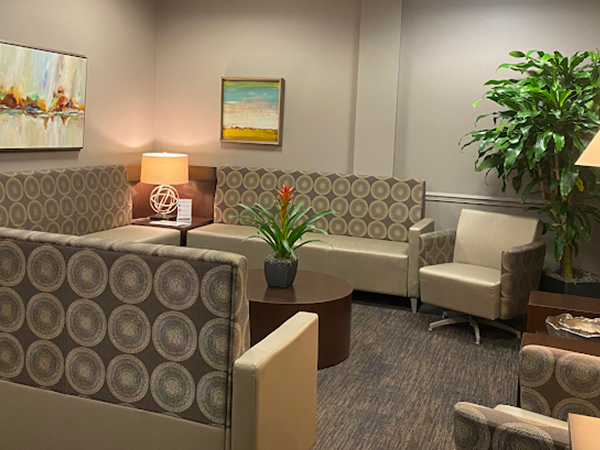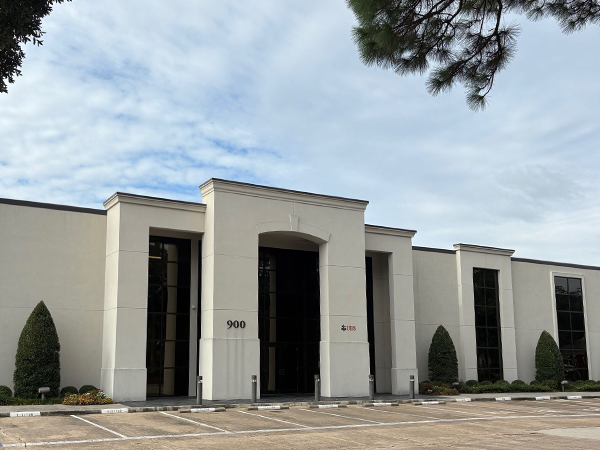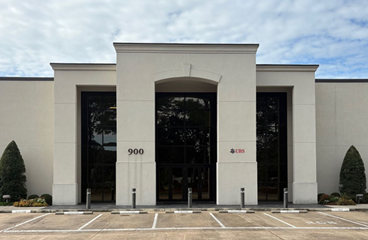900 East St. Mary Blvd. #104
Lafayette, LA 70503

If you're a male with excess breast tissue, you may feel alone, but this issue is more common than you might expect. It's most often seen in adolescence when, as many as 60% of males will experience a surge in estrogen that causes them to develop excess breast tissue. Most of these occurrences, although not all, rectify themselves. However, the prevalence of gynecomastia usually peaks again between the ages of 50 and 69. There are several reasons for this, including a reduction in male hormones, weight gain, and loss of skin elasticity.
Unsurprisingly, the appearance of male breast tissue can cause many patients to feel self-conscious about their appearance. They may feel embarrassed to show their body in any capacity, even while wearing clothes. Fortunately, it's possible to reduce the amount of excess breast tissue, enabling patients to achieve tighter, firmer, and more masculine pectoral muscles. This is done through gynecomastia surgery.
The Importance of Preparing For the Gynecomastia Recovery Process
Gynecomastia surgery, also known as a male breast reduction, is a simple procedure that removes excess fat and skin from the pectoral area. Although it's not a complicated procedure, it's still a form of cosmetic surgery and as such, the patient should ensure that they are well prepared for the recovery process. Doing so can expedite healing and reduce your risk of complications.
Here’s what you need to know about what to expect from the recovery process.
Dressings and Wound Care
Immediately after your surgery, dressings and bandages will be placed over the incisions used to perform the procedure. Over these, you can expect to be wearing a compression bandage or garment. The purpose of this is to help reduce swelling and inflammation and to support the new shape of your chest as your body begins the healing process. It's essential that you wear this exactly as directed in order to achieve the best results.
In some instances, you may be fitted with a small, thin tube placed under the skin. This is used to drain any fluid, including blood, which may need to be removed from the area. You will be given advice on the best way to care for your wounds and your aftercare team will help to deal with your drain until it can be removed.
Pain and Pain Medication
Gynecomastia is an invasive surgery, even if you only have liposuction, which can leave your body feeling battered and bruised. This means that you will be in some discomfort and perhaps even notable pain for at least the first few hours after your anesthetic wears off. You will be given pain relief medication and this should be taken as directed. Don’t wait until you are in agony before opting for taking your tablets as this can actually slow your recovery.
Get Enough Rest
You will probably feel wiped out following your surgery and this is to be expected. Rest and sleep are two of the best ways to get your body to heal, so make sure that you have the support in place that you need in order for you to achieve this. You will still be advised to get up and move around regularly which will help with your circulation and reduce your risk of a blood clot. You should start doing this as soon as it's possible following your surgery, but always follow the advice of the aftercare team.
Going Back to Work
You will need to ensure that you schedule enough time away from your work and everyday life for your body to heal and recover. Most patients can return to sedentary jobs within 4 days of their surgery, if you have a physical role, you will need to wait at least a couple weeks for your wounds to heal first.
Seeing Results
The good news is that the results from your gynecomastia surgery will be visible immediately. The area could be swollen to some extent for up to six months, but within a week you should be able to see significant improvement in the appearance of your chest area. As the swelling continues to subside, patients will continue to see continual satisfaction with their results.
Your gynecomastia surgeon and aftercare team will give you all of the information and tools required to ensure that your recovery from surgery will be as smooth and straightforward as possible. However, if you have any further questions at this time, please don’t hesitate to get in touch with our team in Lafayette, LA.





